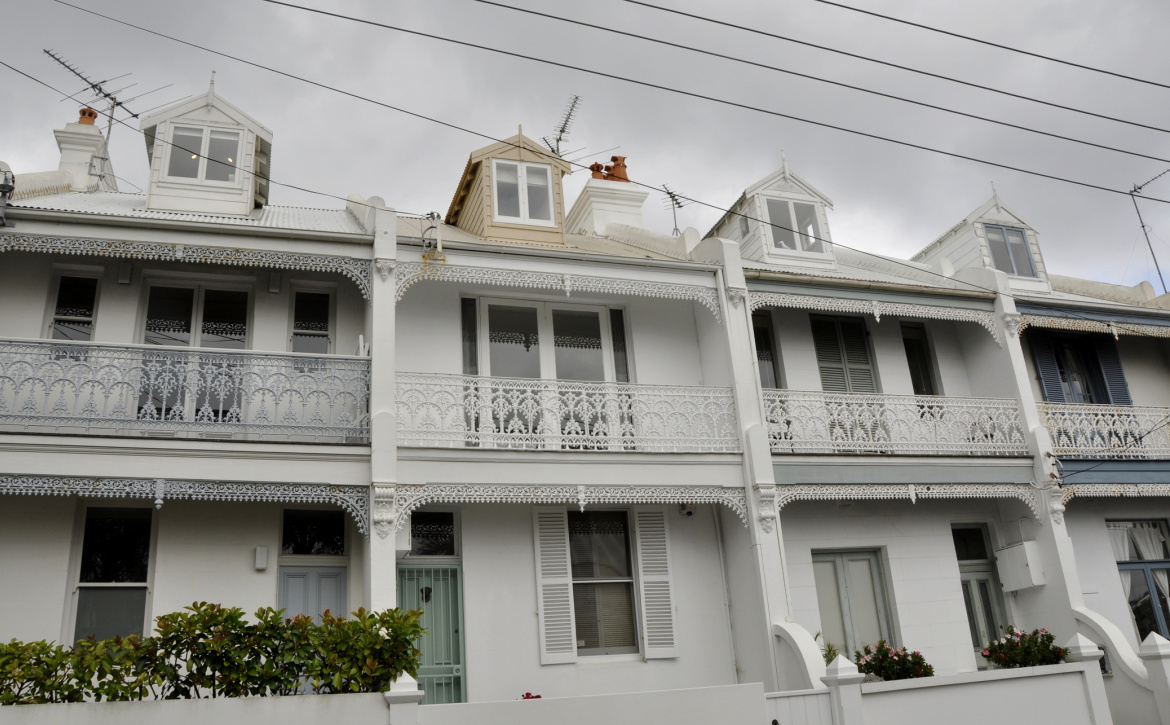The Victorian State Government, led by its reformist planning minister, Matthew Guy, has continued at pace with the introduction of substantial reforms to residential planning controls throughout the state.
On 1 July 2013 the powerful planning scheme amendment, suitably titled “V8”, introduced the residential growth, general residential and neighbourhood residential zones into the Victoria Planning Provisions.
Mr Guy has indicated that Victorian municipalities have the discretion to apply the new suite of zones as they choose following community input. A 12 month period from 1 July 2013 applies for application of the new zones in each municipality.
The City of Glen Eira is the first Melbourne council to implement the new neighbourhood residential zone with new controls that came into effect on 23 August 2013. Under the new neighbourhood residential zone, around
90% of residential land within the municipality of Glen Eira, covering the well-heeled suburbs of Caulfield, Elsternwick, Carnegie, Ormond, Murrumbeena, McKinnon, Bentleigh and Moorabbin, was restricted to mandate new development to a maximum of eight metre building heights and a maximum of two dwellings per lot regardless of the size of the development site. This represents a substantial limitation on potential development yields within the municipality than what was potential under the previous zoning controls.
A further amendment, VC100, amended the residential 1, residential 2, residential 3, mixed-use, township and low density residential zones on 15 July 2013 and applied cl 55 of the Victoria Planning Provisions to residential development up to and including four storeys.
The most recent amendment is VC104 which was approved by gazettal on 22 August 2013. VC104 implements the Victorian Government’s commitment to including transitional provisions in the residential zones as recommended by the government’s advisory committee’s report on residential zones of March 2013. This is to ensure that existing applications will not be disadvantaged by the new provisions included in the new residential zones and the consequential changes to cl 55 applying to four storey residential development.
The amendment amends cl 32.07 (residential growth zone), cl 32.08 (general residential zone) and cl 32.09 (neighbourhood residential zone) of the Victorian Planning Provisions to include transitional provisions for an existing application to construct or extend residential development of four storeys or more to be exempt from the requirements of cl 55 gazetted in amendment VC100.
Amendment VC104 also amends cl 32.09 (neighbourhood residential zone) to include transitional provisions ensuring that approved development is not prohibited from being subdivided (cl 32.09-2) and that existing applications lodged, but not yet decided, are not subject to the maximum number of dwellings (cl 32.09-3) and maximum building height provisions (cl 32.09-8).
Amendment VC104 also amends cl 32.01 (residential 1 zone) and cl 32.02 (residential 2 zone) to update the reference for development exempted from cl 55 from four to five storeys to be consistent with other residential zones.
Finally, amendment VC104 amends cl 34.01 (commercial 1 zone) to ensure that neighbourhood and site description and design response plans are provided for residential development subject to cl 55 and to delete an unnecessary reference to precinct structure plans.
It is anticipated that over time, these transitional zones will be removed from the planning controls, although there may be a need for more permanent transitional provisions for subdivision in the neighbourhood residential zone to allow for the subdivision of flats and other types of existing residential development in the inner and middle suburbs dating from the post-war era.
We await with interest the response of other metropolitan councils to the process for rollout of the new residential zones, particularly to see whether the response of metropolitan councils is largely to adopt the approach of the city of Glen Eira to place a large proportion of the municipality within the neighbourhood residential zone and arguably unduly limit each municipality in reaching its residential development potential.











